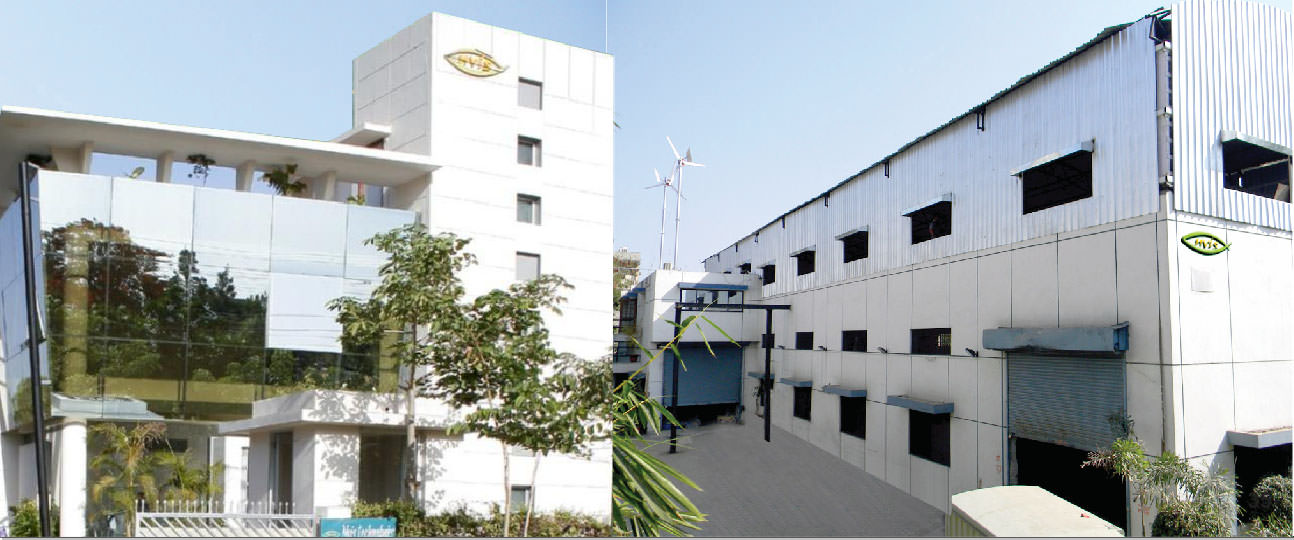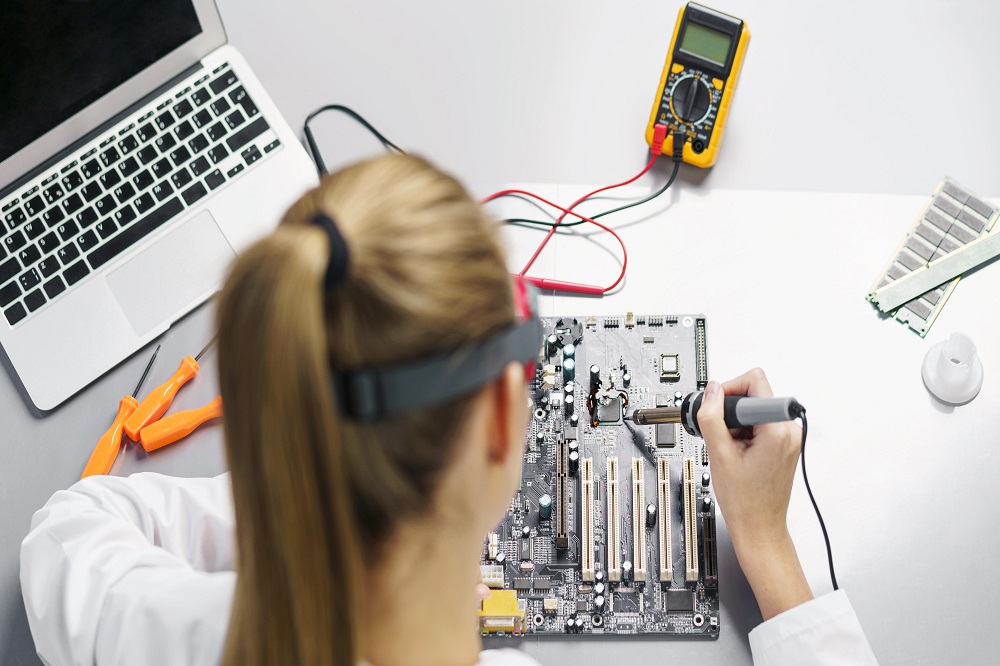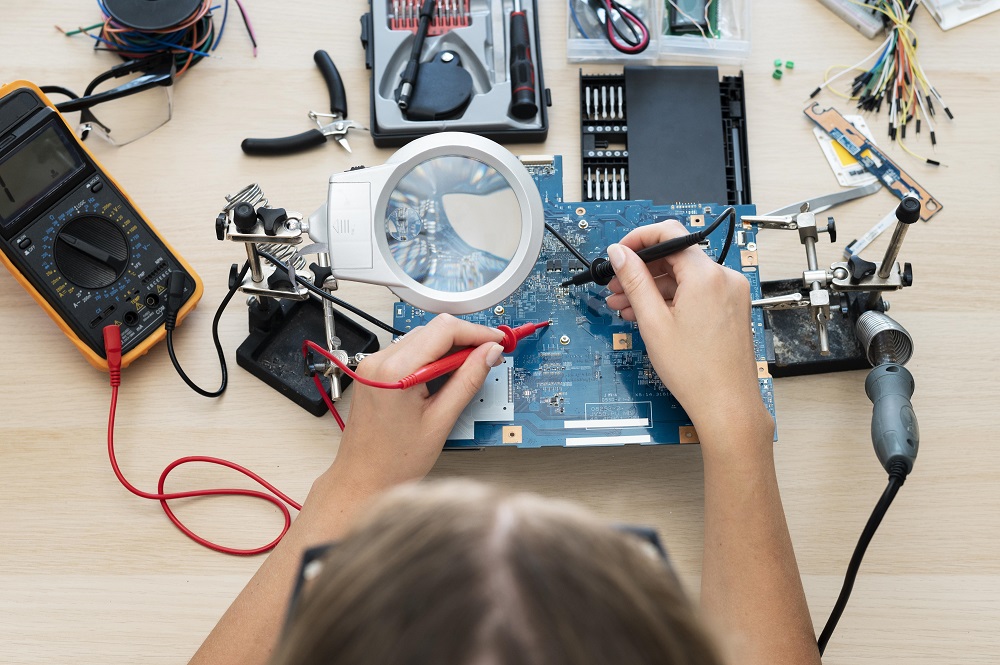The rapid pace of technological advancement demands a shift in technical education. While institutions like ITIs, polytechnics, and engineering colleges strive to equip students with the necessary skills, a significant deficiency persists limited access to advanced, industry-grade training tools. This disconnect between theory and practice creates a major obstacle, leaving graduates ill-prepared for the complexities of modern industry. Bridging this gap is essential for ensuring the effectiveness of technical education.
The challenge: Bridging the gap between theory and practice
While classrooms and labs in technical institutions provide a solid theoretical foundation, many students graduate without the practical expertise required to confidently operate advanced machinery or understand complex electrical systems. This disconnect can lead to challenges such as:
Limited industry readiness: Graduates may struggle to meet the technical demands of modern industries, making them less employable. Employers today seek candidates who can hit the ground running, and this gap often results in extended training periods for new hires.
Safety concerns: Inadequate hands-on training can lead to accidents when dealing with electrical systems and machinery. Ensuring that students are familiar with real-world equipment is critical for their safety and the safety of those around them.
Outdated equipment: Many institutions still rely on old or poorly maintained tools, which fail to offer an accurate representation of modern industrial practices. This not only limits the learning experience but also creates a disconnect between academic environments and industry expectations.
The solution: Modern, integrated training systems
Introducing the Nvis Motor Training Workbench, an advanced training tool designed to revolutionize practical learning in electrical and mechanical engineering. This integrated workbench is tailored to meet the evolving needs of technical education, providing students with a safe, interactive, and industry-relevant learning environment. By integrating advanced technology and practical usability, this workbench addresses the core challenges faced by educators and students alike.
Key features and benefits
Comprehensive learning platform
Instrument panel and working table designed for conducting a wide range of experiments in electrical machines and measurements. Students can seamlessly transition from theoretical concepts to practical applications, enhancing their understanding and retention.
Fully integrated measuring instruments and sensors for real-time monitoring of parameters like voltage, current, speed, and power. This feature allows students to grasp complex electrical behaviors intuitively.
Durable and safe design
Sturdy structure made from CRC powder-coated pipes and high-quality plywood, ensuring longevity and stability even in intensive usage scenarios.
Antistatic mat on the working area to prevent damage caused by static discharge, safeguarding both students and sensitive equipment.
Advanced measurement and control capabilities
Wireless PC interface using Zigbee technology for seamless monitoring, ensuring that students can access and analyze data effortlessly.
Measurement of key parameters, including three-phase voltage, current, power, and frequency. These real-time insights are invaluable for developing a deep understanding of electrical systems.
Why choose the Nvis Motor Training Workbench?
For decision-makers in ITIs, polytechnics, and engineering colleges, investing in the Nvis Motor Training Workbench is a strategic move to:
Enhance employability: Equip students with the skills needed to excel in competitive job markets. Employers are increasingly prioritizing candidates with practical, hands-on experience, and this workbench provides just that.
Ensure safety: Provide a safe learning environment that minimizes risks during hands-on training. With built-in safety features and robust construction, the workbench ensures peace of mind for educators and administrators.
Stay ahead: Keep your institution at the forefront of technical education with state-of-the-art tools. By adopting cutting-edge technology, you can attract top talent and establish your institution as a leader in technical education.
Elevate the quality of education at your institution. Empower your students with the skills they need to succeed in today’s dynamic industries. By investing in modern training tools like the Nvis Motor Training Workbench, you are not just enhancing learning outcomes but also contributing to the growth of a skilled and competent workforce.
Contact us today to learn more about how this advanced training solution can transform your institution’s approach to technical education. Let’s build a future-ready workforce together!
Tags: Advanced Learning Tools, Electrical Engineering Lab, Engineering Training Tools, Future Of Technical Education, Hands On Learning, ITI Training Equipment, Nvis Motor Training Workbench, Technical Education, Vocational Training











